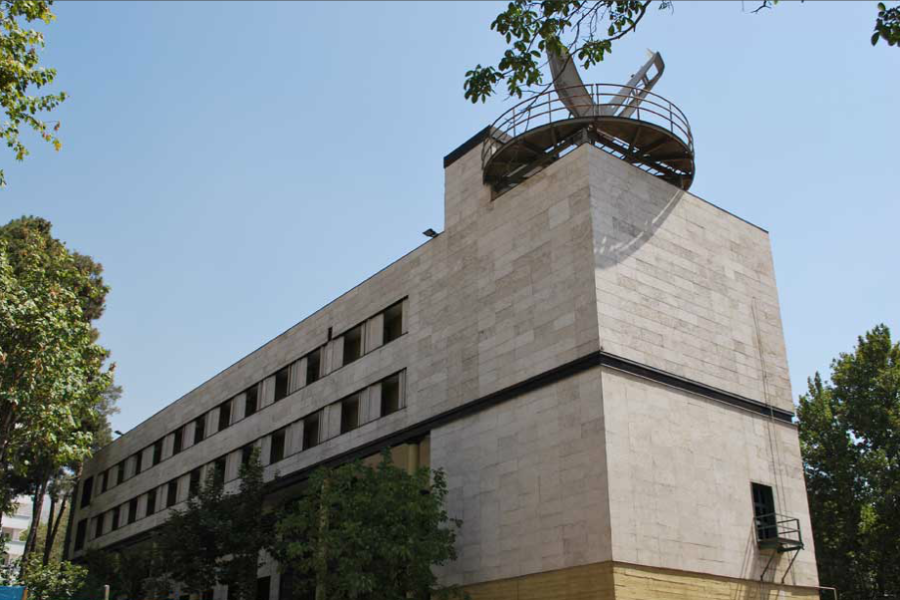Abstract:
The problem of counting closed geodesics in Riemannian Manifolds with neg- ative curvature has been of interest for many years. Recently, Eftekhary has introduced a method for counting closed geodesics in closed manifolds with arbitrary curvature. Minimal surfaces in a Riemannian manifold are higher dimensional general- izations of closed geodesics. A natural question is how to count these types of submanifolds. We introduce a function that counts minimal tori in a Rie- mannian manifold (M, g) with dim M > 4. Moreover, we show that this count function is invariant under perturbations of the metric.








